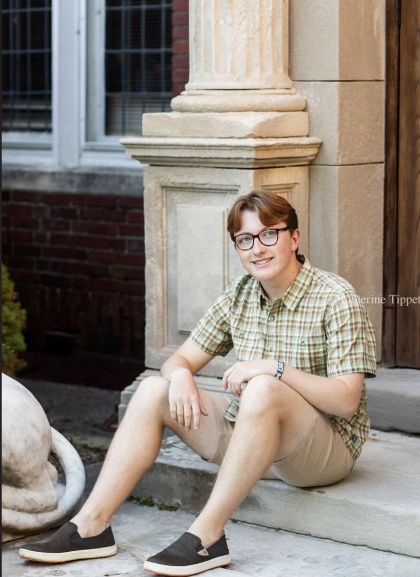The Waiting Game: What Is One’s Fate After a Deferred Application?
A shocking number of seniors this year have found that they had been deferred by many of their top colleges. This is a result of the fact that college applications have increased dramatically over the past year.
According to the estimates by Common App, college applications have increased by 22% in the past application cycle.
This is leaving many institutions overwhelmed by far more admissions than they had prepared for, giving them no choice but to defer large numbers of applicants.
For example, the University of Michigan has seen a major rise in both applications and attendees. According to university records, fall enrollment passed 50,000 students in the fall of 2021. This rise in students leaves institutions with less space for future classes.
“A lot of brilliant students who have done everything right, and have gone above and beyond were deferred,” counselor Katie RietKerk said.
“I think that’s because a lot of schools are test-optional so more students are applying”, she continued.
The staggering number of applicants and now the incredible number of deferrals can be attributed to college’s recent shift to not require ACT or SAT scores.
Many students feel that applying without standardized test scores gives them a better chance of being admitted to institutions where their standardized test scores would have been below average among other applicants. This largely increases applicants to institutions.
“I have called a lot of admissions offices … and when I’ve asked them [about deferrals] they all say they’ve had a huge increase in applications. And I think that’s because a lot of schools are test-optional so more students are applying”, said RietKerk.
This flood of recent deferrals has left students in a stressful state, as they wonder where they will end up next year.
“It’s frustrating because it prolongs the process of deciding where I’m going to school,” Sophie Williams ‘22 said.
Unlike a rejection, which immediately forces students to consider other options, deferrals just elongate the waiting game.
By submitting an Early Decision or Early Action application before Nov. 1, students hope to receive notification of acceptance or rejection from a college by early winter.
However, instead of receiving a concrete decision from a university in December or January, deferrals postpone those decisions until early April.
Deferral is not rejection, but this prolonged uncertainty is mentally challenging for many students. It redirects their application into a regular decision pool, causing students to fret about the quality of their application.
“You can work super hard through high school but there are no guarantees, which makes waiting tough”, Ella Gjorgjievski ‘22 said.
Furthermore, the fact that seniors feel like they have no control also seems to make the stress of waiting even worse.
“With college, it’s totally out of your hands once you click submit on an application”, Gjorgjievski said.
While an early action application typically returns a decision within two or three months, deferrals double this time.
The uncertainty of the future for deferred students is compounded by the fact that many seniors at East feel pressure to get into a college of a high caliber and ranking college.
For some, the university students are admitted to is a status symbol of sorts. The name of the school you are admitted to can become the subject of conversation around the school.
“It’s really hard to go to senior retreat or walk in the hallways knowing that your community and your school have these pressures placed on you to have that status symbol,” Katie RietKerk said.
Yet, for deferred students, there is no decision to discuss.
“I do appreciate not hearing a rejection but if I had heard a rejection I could have at least moved on,” Williams said.
While many students are simply waiting for the release of regular decisions without doing any additional updates being added to their applications. However, some students are still working to improve their chances in sending letters of continued interest to the admissions office for sharing updates of recent accomplishments.
“If kids are really interested in a school, they should definitely write the continued interest letter,” Williams said. However, some institutions will inform deferred applicants that continued interest will not be a factor in their application.
The University of Michigan, for example, provided a 250-word text box for students to express their continued interest in attending the university. Continued interest statements are great opportunities for students to support their applications, but do not guarantee acceptance.
Additionally, students may write to institutions with updated information that was not covered on their application. Receiving a promotion in a club or an athletic award since receiving a deferral may provide information to support a student’s application in the regular decision pool.
No matter what students do after receiving a deferral, there’s no magic bullet. Just about all they can do is stay hopeful and wait.
“I just want a definite decision, I hate dragging this out,” Audrey Gebben ‘22 said, echoing the voices of a plethora of East Grand Rapids seniors.
This article appeared in the February edition of The East Vision.






